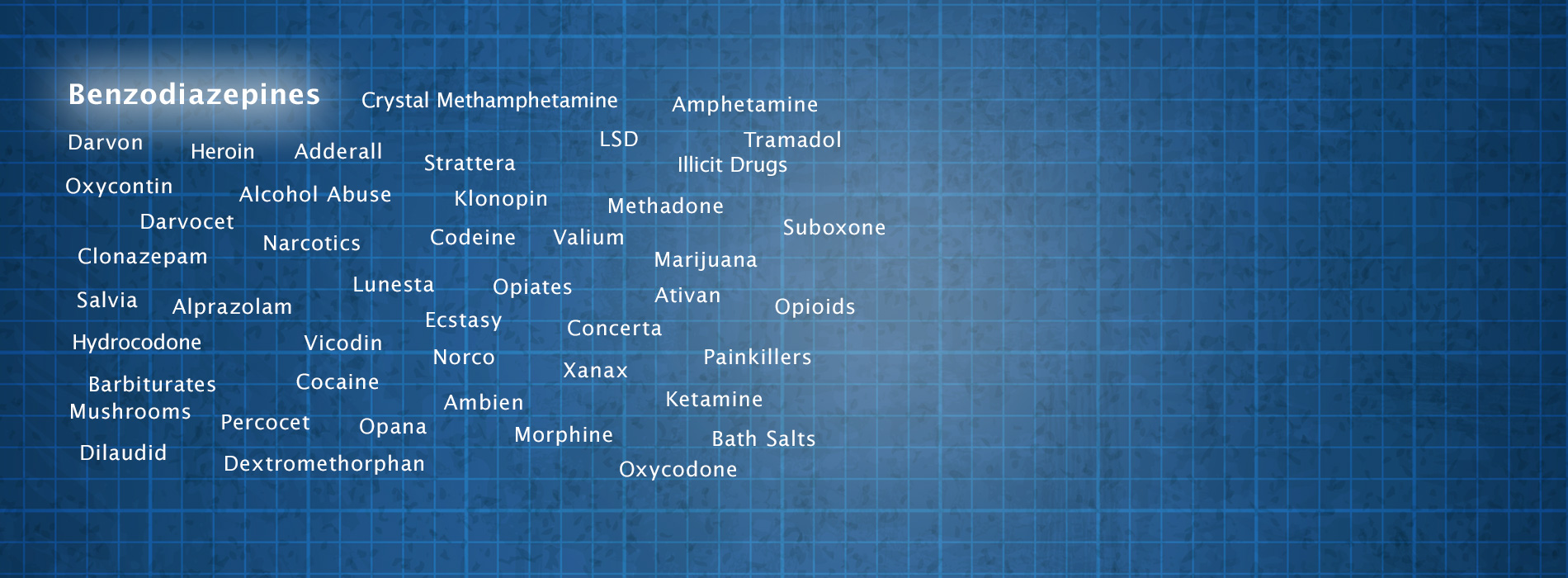Benzodiazepines
The exact cause of addiction is unknown. No one knows why someone becomes addicted to a drug, such as a benzodiazepine. Benzodiazepines are more commonly abused by females and elderly individuals. Women, in fact, are 37 percent more likely to be prescribed these drugs. Researchers believe that addiction to a benzodiazepine is related to:
- Brain chemistry – People who abuse benzodiazepines have a different structure and function of the brain than other people. The inhibitory neurotransmitter GABA binding sites are thought to be different in a person who abuses these drugs. In order to feel normal, a person with this inborn defect will self-medicate.
- Genetics – It is well-documented that people who struggle with addiction usually have a first-degree relative who also suffers from this condition. While this may not guarantee an addiction, it does increase a person’s chances of developing a benzodiazepine addiction.
- Environmental – People exposed to drug use and abuse are more likely to suffer from addiction. Experts believe these individuals learn that substance abuse is a way to cope with stressors of life and often develop addictions to drugs such as benzodiazepines.
Also known as sedatives or tranquilizers, benzodiazepines are used to treat anxiety, panic attacks, insomnia, alcohol withdrawal, seizures, muscle relaxation, and psychosis. Familiar ones include alprazolam (Xanax), diazepam (Valium), clonazepam (Klonopin), and lorazepam (Ativan). These drugs work on the central nervous system to produce a relaxation and sedation effect, as well as lower anxiety levels. There are 15 FDA-approved benzodiazepines in the U.S., and they are classified by their effectiveness. The classes include:
- Ultra-short acting – Triazolam (Halcion) and midazolam (Versed)
- Short-acting – Alprazolam and lorazepam
- Long-acting – Diazepam and chlordiazepoxide
Benzodiazepines are abused quite frequently. Also, with chronic abusers, they often result in overdose. Death is more likely when someone abuses benzodiazepines in combination with alcohol. These drugs are also used as “date rape” drugs because they alter the person’s ability to function and resist sexual assault and/or aggression.
Signs and Symptoms of Benzodiazepine Abuse
Benzodiazepine abuse can produce serious side effects. Signs and symptoms of acute toxicity and overdose include:
- Blurred vision
- Dizziness
- Drowsiness
- Confusion
- Slurred speech
- Lack of coordination
- Poor judgment
- Weakness
- Difficulty breathing
- Coma
Despite their many uses, benzodiazepines often lead to psychological and physical addiction. A person dependent upon this drug will experience serious withdrawal symptoms and seizures should he or she abruptly stop taking the benzodiazepine. The symptoms of withdrawal occur around day three of the last use but can occur earlier if short-acting varieties are used. Signs of benzodiazepine abuse include:
- Tolerance – A person will develop tolerance to benzodiazepines when he or she requires larger amounts of the drug to achieve effectiveness.
- Unsuccessful attempts to stop – The person who abuses this drug usually makes several unsuccessful attempts to stop the use of it.
- Loss of interest – The person loses interest in or stops participation in normal social, work, recreational, and school activities.
- The person continues to use the substance despite awareness of serious physical and psychological issues related to the drug.

